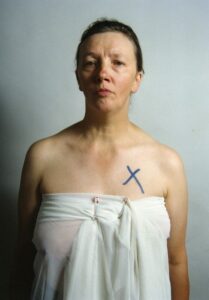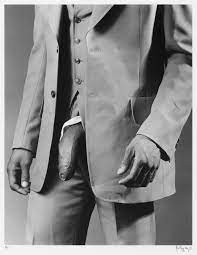The Cambridge U3A class met yesterday for Five Facets of Photography –Controversy in Photography, the last in the series. The previous classes had not shied away from controversy, embracing as they did issues such photography as art, the depiction of indigenous peoples and women and the male gaze. This class took a more structured look at how the practice of photography interacts with the values of the society within which it exists.
I approached the subject under five headings:
- Built in controversy, e.g. the assumption of truth and the photography as art
- Mistake, fake and fact, e.g. Mumler’s spirit pictures and Capa’s death of a militiaman
- The practice of photography – ethics, e.g. photographs in Abu Ghraib and unconsented street photography
- What’s fit to show – life and death, e.g. Weegee and Jo Spence
- What’s fit to show – sexuality and the body, e.g. Charles Dodgson and Robert Mapplethorpe
The themes were illustrated by 41 photographs from 39 photographers. Controversy emerged as a fluid concept varying according to the context of time, place and how the picture is used. What was once considered controversial might not now be and vice versa. In many ways we have become more accepting of what is shown, e.g. Mapplethorpe’s Man in Polyester Suit. At the same time we are now more likely to look for hidden motives and forms of discrimination or exploitation and hence there is controversy where once there was none, e.g. Dodgson’s photographs of Alice Liddell.


